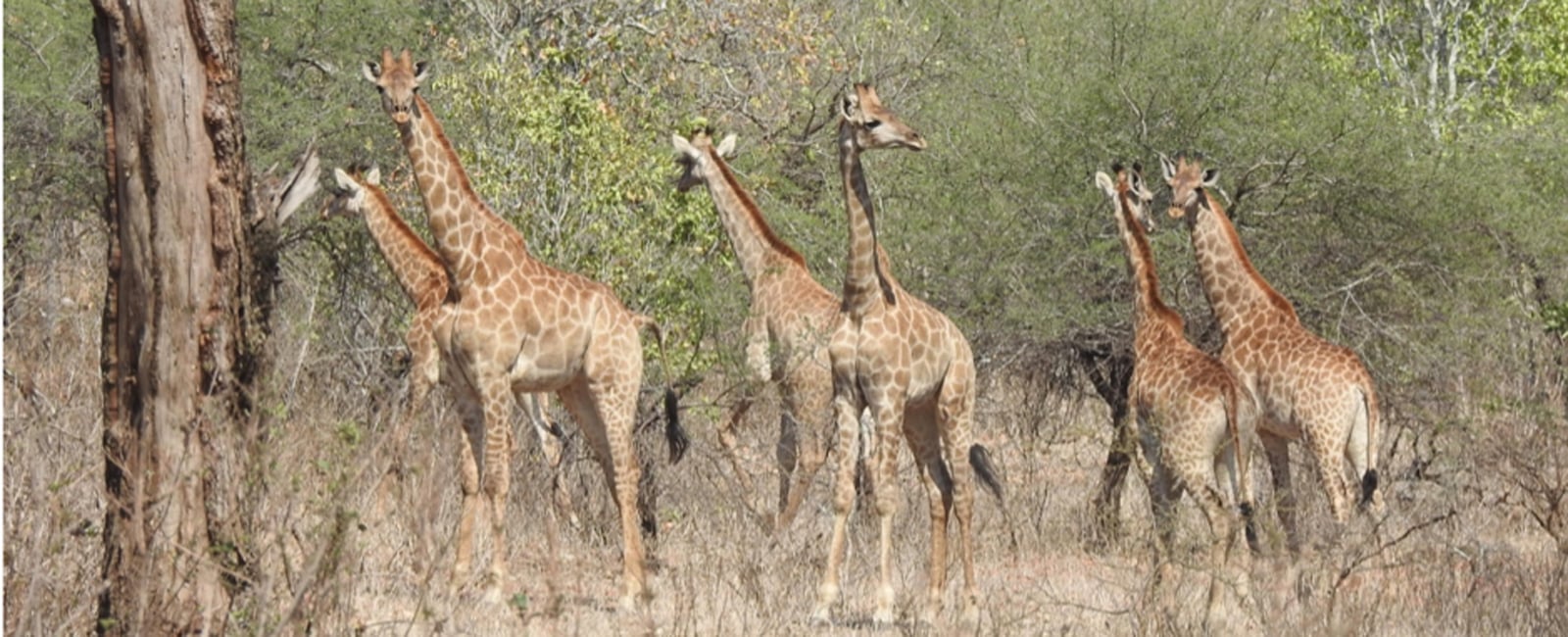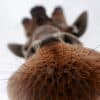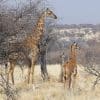Malawi Gains New Giraffe Population in Majete Wildlife Reserve
Last month, 13 giraffe were safely released into Majete Wildlife Reserve in southern Malawi after a 2,500 km road-journey from South Africa. The translocation was one of the farthest of its kind to establish a new giraffe population in Malawi after an absence of more than 100 year. In a collaborative effort, GCF partnered with African Parks (AP) and Malawi’s Department of National Parks and Wildlife (DNPW) to bring giraffe back.
Majete Wildlife Reserve, under the management of AP since 2003, has been hailed as a national success story for the restoration of its wildlife and the benefits the park provides to local communities. The introduction of giraffe will further enrich the reserve’s biodiversity, while helping to increase tourism to enhance the already emerging conservation-led economy and to additionally support community development.
“Majete contains ideal habitat for giraffe as well as the needed protection to provide them and all the other wildlife the security they need,” said Craig Hay, the Park Manager for Majete Wildlife Reserve. “We hope to establish a healthy population to increase biodiversity here, and boost tourism to increase Majete’s economic value for local people, while at the same time support regional efforts to conserve this magnificent species. For fifteen years, our partnership with the DNPW has driven Majete’s evolution from a depleted landscape into a vibrant ecosystem, bringing Africa’s most iconic mammals back to Malawi where people from around the globe and importantly Malawian nationals can enjoy and benefit from their own natural and wild heritage”.
Following months of meticulous planning, a group of nine giraffe were introduced from a private reserve in South Africa and an additional four giraffe from nearby Nyala Park, making up the 13 animals that were safely released into Majete.
While southern Africa has a robust population of giraffe, very few are present in Malawi, with this translocation bringing national numbers to just over 30 animals. Broadly, giraffe numbers have plummeted in recent decades, with pressures including habitat loss, civil unrest and illegal hunting reducing them to fewer than 100,000 animals remaining on the continent. This project comes at an urgent time when just on Wednesday 14th November, the IUCN Red List of Threatened Species announced that several giraffe subspecies are now Critically Endangered. The translocation of South African giraffe to Majete hopes to establish a viable population of the species to support their conservation across the region.
“Introducing giraffe in Majete is an example of how collaborative partnerships can make a difference to save giraffe in the wild before it is too late,” said Dr Julian Fennessy, Director of the Giraffe Conservation Foundation. “For more than a year we have planned this conservation intervention, first understanding the genetics of the current populations in Malawi and then ensuring that those brought in are the same species. Our efforts over the last few years have helped to (re-)introduce giraffe and augment populations in a number of locations within historical ranges throughout the continent, and in turn to better conserve the habitat they live in. Without giraffe the African landscape is a poorer place and we continue to work with great partners to make a difference.”
Creating safe wilderness areas for giraffe populations to grow is essential to securing their future in Africa. In Majete, the founding of a new population forms part of the reserve’s development as a flagship wildlife sanctuary, benefitting local communities and affording people in Malawi the opportunity to see the world’s tallest land mammal while supporting giraffe conservation efforts. Undertaken in partnership with AP, support for the translocation was provided by the Sundaram Family, Illovo Sugar, Nkhanga Essential Support Services and Markus Jebsen.
Read more about our work in Malawi here.







